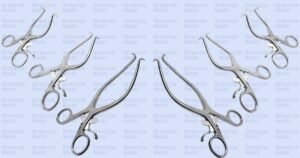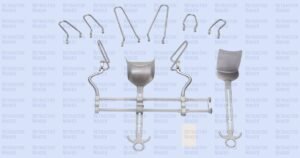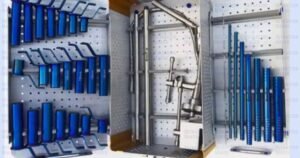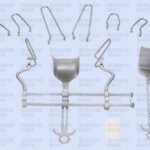
What is a Retractor? Purpose, History, and Modern Evolution
Introduction
A retractor is a critical surgical instrument designed to hold back tissue, organs, or incision edges during procedures, providing surgeons with better visibility and access. These tools, available in various forms, have become indispensable in modern medicine. Retractor Maker, a trusted manufacturer, provides a diverse range of high-quality retractors suited to the needs of medical professionals worldwide. Explore our full product range here.
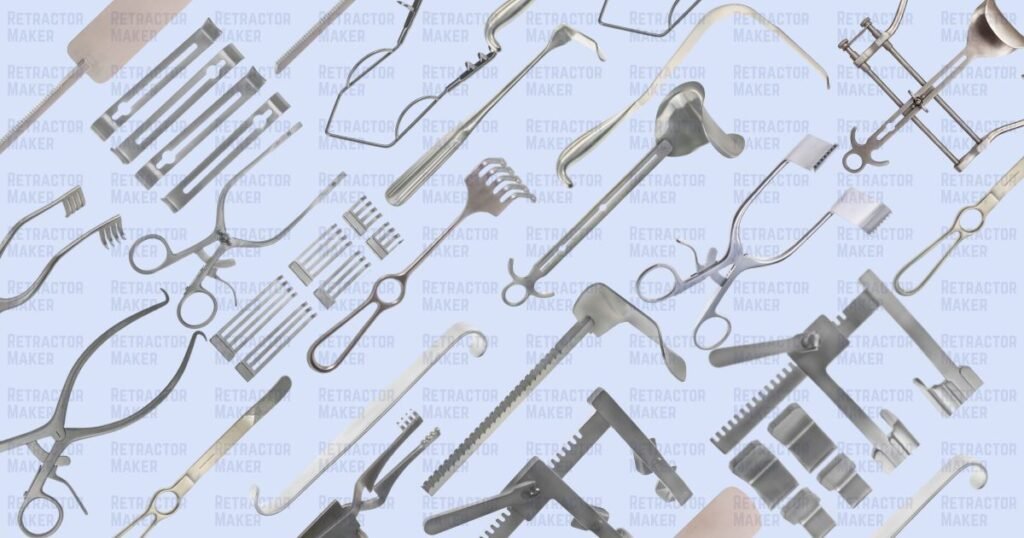
Types of Surgical Retractors
1. Hand-Held Retractors
These require manual handling and are typically used for dynamic retraction during surgery.
- Best for procedures needing flexibility.
- Examples include the Senn Retractor and FARABEUF Retractor.

2. Self-Retaining Retractors
Equipped with locking mechanisms like springs or ratchets, these retractors free up the surgeon’s hands.
- Common in procedures requiring prolonged tissue exposure.
- Examples include Omni Retractor and rib spreaders.
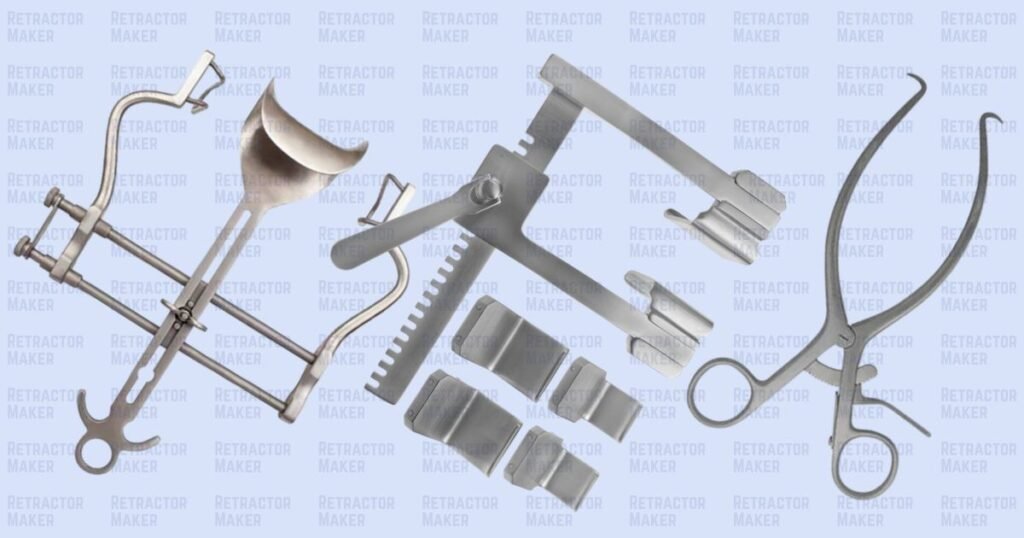
3. Specialized and Advanced Retractors
These tools integrate features like suction, fiber-optic lighting, or robotic arms to enhance surgical precision.
- Frequently used in minimally invasive and spinal surgeries.
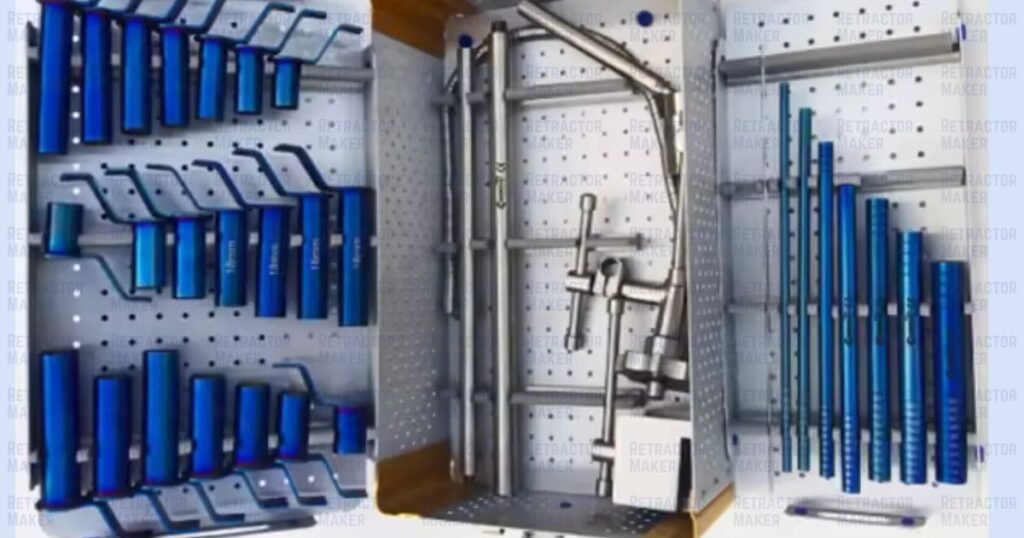
A Journey Through History
Retractors have evolved alongside medical advancements, from basic tools in the Stone Age to sophisticated devices in modern times.
Ancient Beginnings
- Stone Age: Early retractors were likely improvised from branches or antlers.
- Roman Era: Metal instruments resembling modern retractors have been unearthed.
Medieval Innovations
- 4th Century CE: Indian physician Susruta documented using retractors in surgery.
- 7th Century CE: Paul of Aegina described a tongue spatula in tonsillectomies.
The Renaissance Period
- Andreas Vesalius, the father of modern anatomy, described tools similar to retractors in the 16th century.
Modern Advances
- 1904: Jan Mikulicz-Radecki’s hinged rib spreader revolutionized thoracic surgeries.
- 1936: Enrique Finochietto developed the modern rib-spreading device, widely used today.
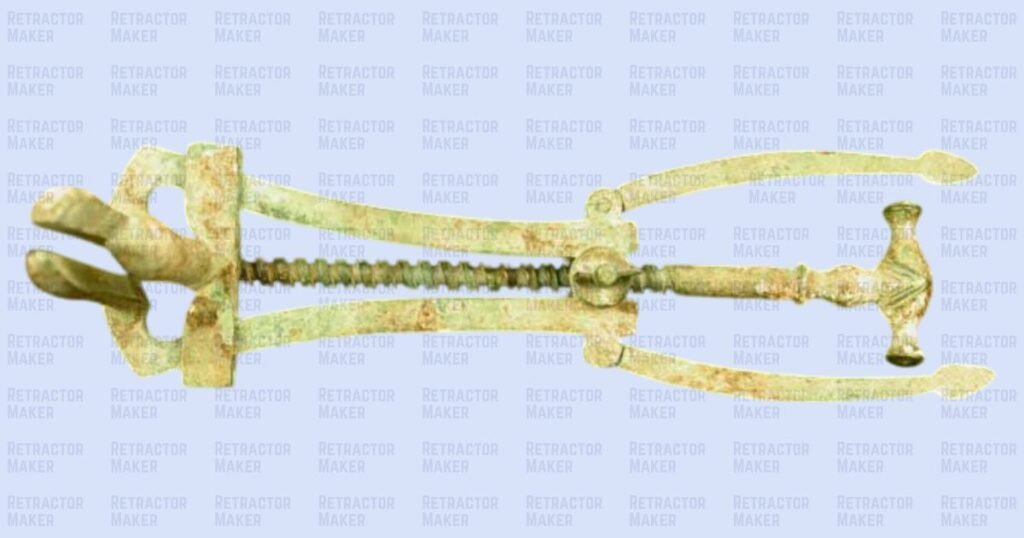
Modern Applications of Retractors
Retractors are now designed with precision to suit specific surgical fields:
- Thoracic Surgery: Rib spreaders open the chest cavity.
- Neurosurgery: Delicate retractors protect fragile brain tissue.
- Orthopedic Surgery: Specialized tools retract muscle and soft tissues for joint surgeries.
Retractor Maker is proud to be at the forefront of retractor manufacturing, offering durable, ergonomic, and reliable options for these procedures. View our catalog.

Why Choose Retractor Maker?
Our retractors are crafted with precision, ensuring:
- Superior Quality: Manufactured using premium materials to meet surgical demands.
- Innovative Designs: Products include self-retaining and advanced retractors.
- Global Trust: Trusted by medical professionals worldwide.
Conclusion
Retractors have played a vital role in surgical advancements, evolving from simple tools to essential devices that transform modern medical procedures. With a commitment to quality and innovation, Retractor Maker stands as a reliable partner for medical professionals.

